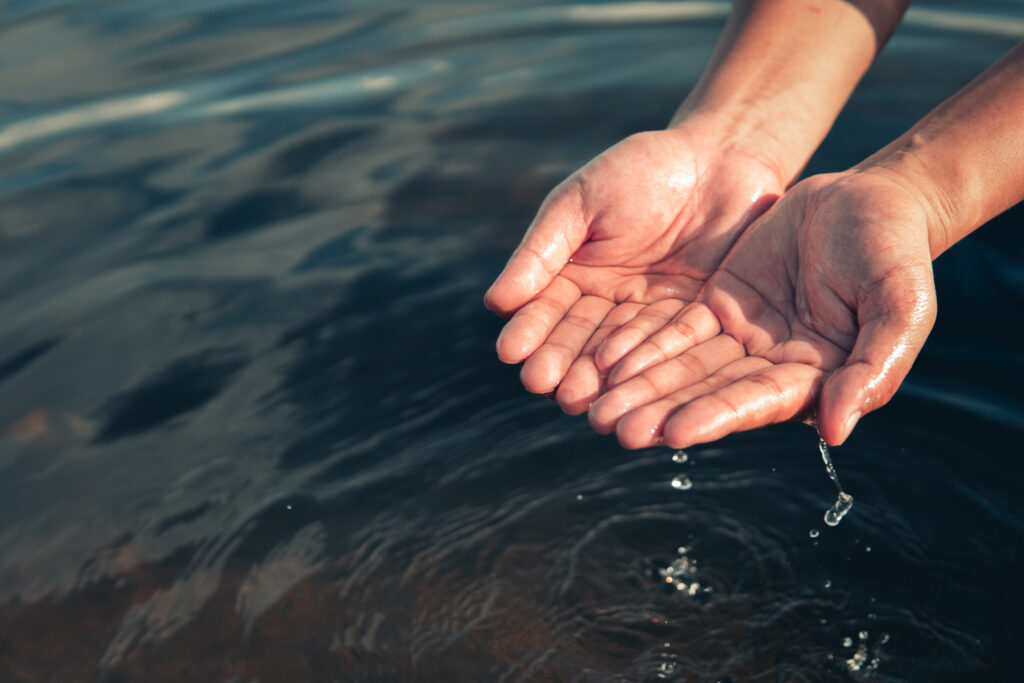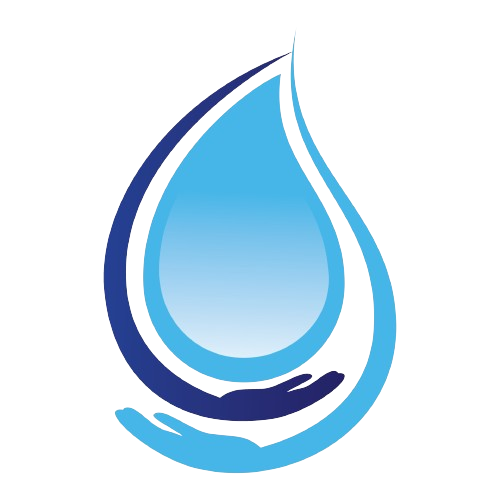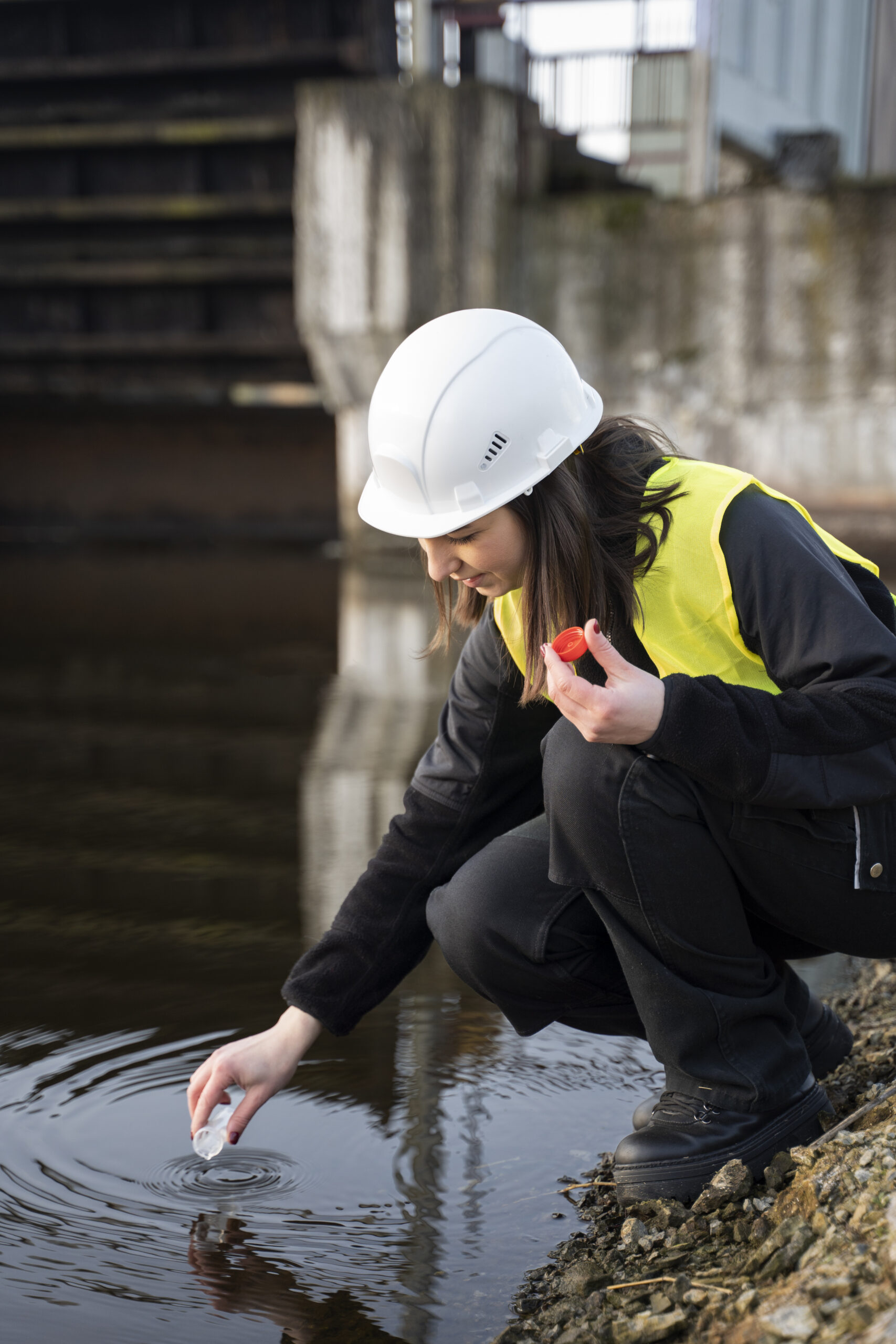Water conservation projects are activities aimed at managing and conserving water resources through reduction of wastage, enhancing efficiency, and ensuring its sustainable use. These projects assume a very significant position in protecting our most valuable natural resource in the wake of increasing global concern over water scarcity. Spanning from infrastructural overhauls at larger scales to community-based efforts, water conservation projects aspire to tackle the challenges of water scarcity while striving toward long-term sustainability.
Types Of Water Conservation Projects
Water conservation projects range from the very high-tech to the completely grassroots. Some of the common types include:
1. Rainwater Harvesting Systems: Rainwater harvesting is one of the oldest and most efficient methods for water conservation. This means the collection and storing of rainwater from roofs or other surfaces for later use. It can be something as simple as a rain barrel for a house garden or large complicated cisterns for irrigation. This reduces pressure on municipal water demand and also provides an alternative source of water supply for irrigation, landscaping, or even domestic purposes.
2. Watershed Management: Watershed management projects aim at protecting and restoring natural landscapes that collect and filter water. This could include reforestation to wetland restoration to controlling erosion to maintain healthy watersheds. Because the watershed would maintain the natural flow of water, watershed management would reduce pollution and provide adequate clean water supplies for communities, agriculture, and wildlife.
3. Smart Irrigation Systems: Smart irrigation projects use technologies to monitor and optimize water use in agriculture and landscaping. Such systems make use of sensors, weather data, and automated controls to dispense appropriate quantities of water at appropriate times so as to avoid loss due to overwatering and runoff. This program conserves water and safeguards soil health.
4. Leak Detection And Repair: Most urban centers lose a significant supply of water because of the aged infrastructure. Leak detection and repair projects utilize advanced technologies, such as acoustic sensors and data analytics, in the identification and fixing of leaks within a water distribution system. Such projects save not only water but also money spent on water loss and infrastructural damage.
5. Desalination Plants: Desalination is the process of making seawater into freshwater. As much as the plants are energy-consuming, they are quite important in providing a source of water in arid areas with limited freshwater. Inventions in technology have increased efficiency and reduced the cost associated with desalination, therefore becoming quite viable for water-constrained areas. These plants play a very important role in supplementing the natural water supply and reducing dependence on freshwater sources.
6. Projects For Water Recycling And Reuse: Water recycling is the treatment of wastewater to allow it to be suitable for use in non-potable applications, such as irrigation, industrial processes, toilet flushing, among others. These projects reduce the demand for freshwater by using water otherwise wasted. The recycling and re-use of water alleviate pressure from natural water bodies and reduce the impact of environmental wastewater discharge.
7. Information And Education Campaigns: Education is one of the most important aspects of water conservation. Public awareness campaigns undertake the responsibility for educating people and communities about the importance of water conservation, including ways in which everybody can contribute to saving water. Such campaigns include school programs, media outreach, and result in workshops to encourage responsible use of water and foster efforts toward its conservation.

Benefits Of Water Conservation Projects
Water conservation projects have several advantages that reach beyond the preservation of water resources to environmental, economic, and social welfare promotions. Major ways in which these projects help are discussed below:
1. Environmental Protection: Water conversation projects provide protection to the natural ecosystems by reducing the demands made on rivers, lakes, and aquifers for water. This helps in the maintenance of biodiversity, habitat protection, and health of ecosystems dependent upon freshwater resources.
2. Economic Savings: This could result in economic savings for citizens, businesses, and municipalities across all projects due to increased water-use efficiency and reduced wastage. Examples are the deployment of smart irrigation systems that aid farmers in reducing water bills and leak detection projects that prevent expenditure on water loss and infrastructure repairs.
3. Sustainable Development: Water conservation is also essential for sustainable development. Most of the conservation projects guarantee, especially for communities around the globe, access to clean water for quenching, agriculture, and industry with proper management of water resources. This holds good, more specifically, in nations with a low supply level of water. For such countries, sustainable management of water is crucial for long-term development and prosperity.
4. Resilience To Climate Change: As climate change modifies weather patterns and worsens the increasing shortage of water, it becomes evident that conservation projects offer very key elements of resilience. They help a community to adapt to the change in conditions, therefore countering drought and other impacts on climate through water-saving and protection of natural systems.
Water conservation projects come first in preserving our water resources for a sustainable future. State-of-the-art technologies, community initiatives, and public education have given practical solutions to the global challenge of water scarcity in these projects.

